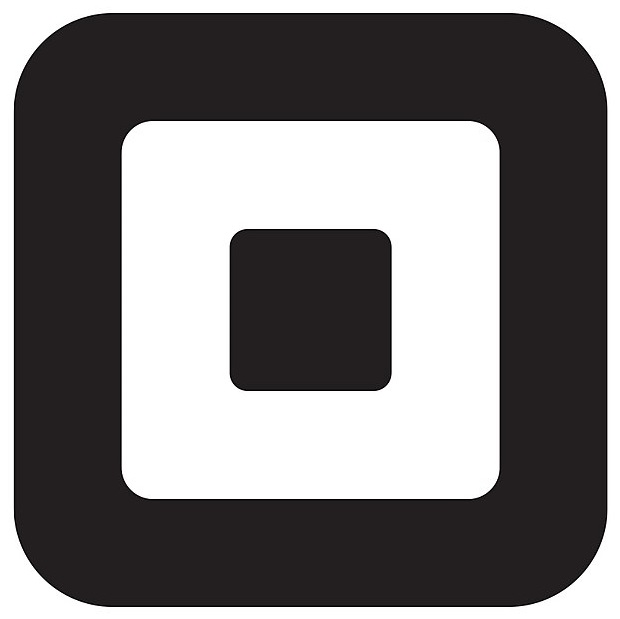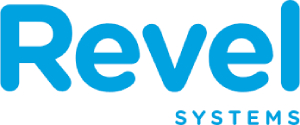Standard point-of-sale (POS) software often doesn’t have all the features grocery shops need. The best grocery store point-of-sale systems, among other things, keep good track of inventory, allow online grocery sales, can integrate scales and scanners, and are simple to use. Here are some of the best point-of-sale (POS) choices that offer these features and more.
table, th, td {
border:1px solid black;
}
th, td {
padding: 5px;
}
 |  |  |  |  | |
| Best for | Small businesses | Flexibility | Customization | Inventory management | Multi-location businesses |
| Star Rating | 3.9/5 | 3.9/5 | 4.2/5 | 3.9/5 | 4.2/5 |
| Pros | Free baseline POS, no monthly fees, daily stock reports | No-fee online ordering for restaurant plans, competitive rates, range of hardware options, 30-day trial | Custom-tailored system, age restriction tools, inventory management, Quickbooks integration | Advanced inventory management, 24/7 support, flexible payment processing, built-in e-commerce and loyalty program | Supports multiple payment processors, integrated digital displays, expiration date tracking, iPad-based |
| Cons | Locked into Square’s payment processing, not cost-effective for high-volume | Charges termination fees, no free hardware | Higher pricing, lack of transparency for larger businesses | No free plans, high monthly fee, charges termination fee, may require annual contract | Does not scan IDs, difficult to track item sales to customers |
| Key Features | Inventory and fulfillment tools, reports, free online store, Afterpay integration, staff mgmt. tools | Advanced inventory mgmt., versatile payment solutions, offline payments, efficient returns process, e-commerce integration | PCI compliance, diverse payment acceptance, advanced reporting, shrinkage mgmt., grocery platform integration, real-time inventory mgmt. | Customizable checkout, built-in product catalogs, accounting integration, in-house ecommerce platform, granular reporting and analytics, marketing tools | iPad-based interface, cloud-based management, comprehensive inventory mgmt., employee mgmt. tools, customer relationship mgmt., advanced reporting and analytics |
| Pricing | Free plan available; In-person: 2.6% + $0.10; Online: 2.9% + $0.30; Plus: $60/month | Starts at $14.95/month; In-person: 2.3% + $0.10; Online: 3.5% + $0.10 | Flex: $199/month; Freedom Standard: $1,499 upfront; Freedom Premium: $1,999 upfront | Lean: $89/month; Standard: $149/month; Advanced: $269/month | Starting at $99/month; contact Revel for a customized quote |
| Learn More | Visit Square | Visit Clover | Visit IT Retail | Visit Lightspeed Retail | Visit Revel |
In this article…
Square for Retail: Best for small businesses
Pros
Cons

Our Rating: 3.9/5
Clover: Best for flexibility
Pros
Cons

Our Rating: 3.9/5
IT Retail: Best for customization
Pros
Cons

Our Rating: 4.2/5
Lightspeed Retail: Best for inventory management
Pros
Cons

Our Rating: 3.9/5
Revel: Best for multi-location businesses
Pros
Cons

Our Rating: 4.2/5
Read more: Complete Guide to POS Analytics
Key components of grocery store POS software
When selecting a POS system for a grocery store, there are several crucial components to consider that ensure the system can handle the unique demands of the grocery industry, including:
- Advanced inventory management: Essential for tracking a wide range of products, from perishables to household goods. Features should include real-time stock updates, low stock alerts, and automated reordering to prevent shortages.
- Seamless payment processing: A POS must accommodate various payment methods, including credit/debit cards, mobile payments, EBT, and NFC technology, to offer flexibility and convenience to customers.
- Integrated vendor management: Simplifies the ordering and restocking process by allowing direct orders to suppliers from within the POS platform, ideally with built-in catalogs and purchase order management.
- Customer loyalty programs: Tools to create and manage loyalty rewards encourage repeat business by offering points, discounts, or special promotions based on purchase history.
- Detailed reporting and analytics: Provides insights into sales trends, inventory levels, and customer preferences, enabling data-driven decisions to improve profitability and customer experience.
- Employee management: Features for scheduling, time tracking, and assigning permissions help streamline staff management and ensure efficient store operations.
- E-commerce integration: For stores venturing into online sales, the POS should integrate with e-commerce platforms to sync inventory and sales data between online and physical stores.
- Age verification: This is important for stores selling age-restricted products, as it ensures compliance with legal requirements through prompt ID verification at checkout.
- Multi-location support: For chains or stores with multiple locations, the POS software should offer centralized management of inventory, sales, and staffing across all sites.
- Offline mode: Ensures that sales can continue even during internet outages, with transactions processed once connectivity is restored.
Read more: Best POS Hardware for Businesses
Challenges of using grocery POS systems and how to overcome them
Implementing a POS system in grocery stores comes with challenges, but there are practical ways to tackle them. For instance, managing a wide range of products, including perishables, requires a system with advanced inventory features. Look for one that alerts you about low stock or items nearing their expiration. High customer traffic means you need a fast, reliable POS to keep lines moving.
Ensuring staff are well-trained and having a support line ready can help keep things smooth. As online shopping grows, integrating in-store and online sales can be tricky. Choose a POS that easily syncs with e-commerce platforms for real-time inventory management.
Payment processing fees can add up, so it’s wise to negotiate better rates or find a competitive provider. Running a loyalty program can also get complex; automating enrollment and rewards distribution through your POS can simplify personalization. Selling age-restricted items? Ensure your system can verify ages and scan IDs to comply with laws. Protecting customer data is critical, so invest in a secure, PCI-compliant POS system.
Staying updated with new payment technologies like NFC might seem daunting, but a flexible, upgradable POS system can adapt to these changes. Finally, training staff on a new system takes time. Opting for a user-friendly interface and utilizing any available onboarding services from your POS provider can ease this transition. By addressing these challenges with strategic solutions, grocery stores can enhance efficiency, customer satisfaction, and profitability.
Read more: What are the Types of POS Systems?
How our choices overcome grocery POS challenges
Implementing a POS in grocery stores and addressing challenges like managing a vast product range requires a system with advanced inventory features. Lightspeed Retail and IT Retail, known for their comprehensive inventory management, can alert on low stock or items nearing expiration. For high customer traffic, Revel’s fast and reliable system is suitable. Square for Retail smoothly handles integration with e-commerce. For payment processing, negotiating better rates or choosing competitive providers like Clover POS can be beneficial.
Secure, PCI-compliant systems are essential, with all mentioned POS systems providing security to protect customer data. Training staff on new systems is made easier with user-friendly interfaces offered by companies like Clover POS.
FAQs
About the author


